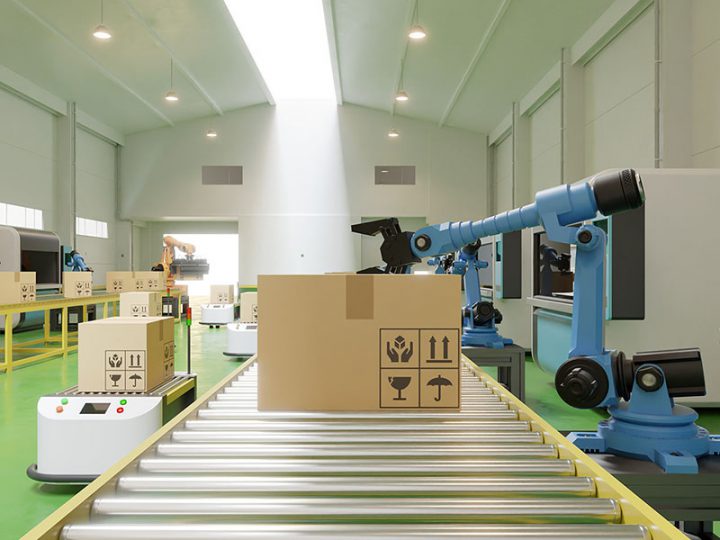What crucial trends are driving the industry?
In the volatile landscape of the apparel industry, it is increasingly important to stay nimble to ensure that product arrives to market on time at a competitive margin. Rising costs of labor and materials are driving many American and European companies to look for more cost effective partners in nations with emerging sectors of manufacturing.
These countries with developing economies will play an increasingly important role as companies look for cost savings opportunities in these regions. Various studies show projected production volume shifting away from major export nations such as China and moving towards alternative manufacturing markets over the next several years.
What market segments will experience the most growth and why?
The influx of revenue into historically dominant export nations like China over the past several decades were reinvested into the economies of those countries, thereby creating better educated work force and more advanced technological capabilities. These factors, in turn have driven up the cost of materials and labor over time.
As a result, companies are now looking to up-and-coming countries with developing economies such as Bangladesh, Vietnam, and Sub-Saharan African nations as future centers for garment production. Implementation of legislation and free trade agreements such as the African Growth and Opportunity Act will incentivize businesses to place manufacturing volume with these nations. In addition to the “cut and make” facilities, many of these countries also have favorable conditions for raw material production. If raw material cultivation processes are developed and refined, new opportunities for vertically integrated manufacturing will be possible.
What are the key challenges?
The immediate challenge in working with developing nations is the lack of reliable infrastructures that are available in more established manufacturing nations. Logistics carriers located around origins without a history of large scale exports may not have reliable channels or capacity to accommodate levels of volume created by output of increased production.
Other issues such as government stability, social / human rights compliance, quality control, and environmental considerations should also be evaluated carefully when making sourcing decisions in these countries. The issues that took place several years ago in Bangladesh are perfect examples of the risk factors associated with sourcing in these developing regions.




